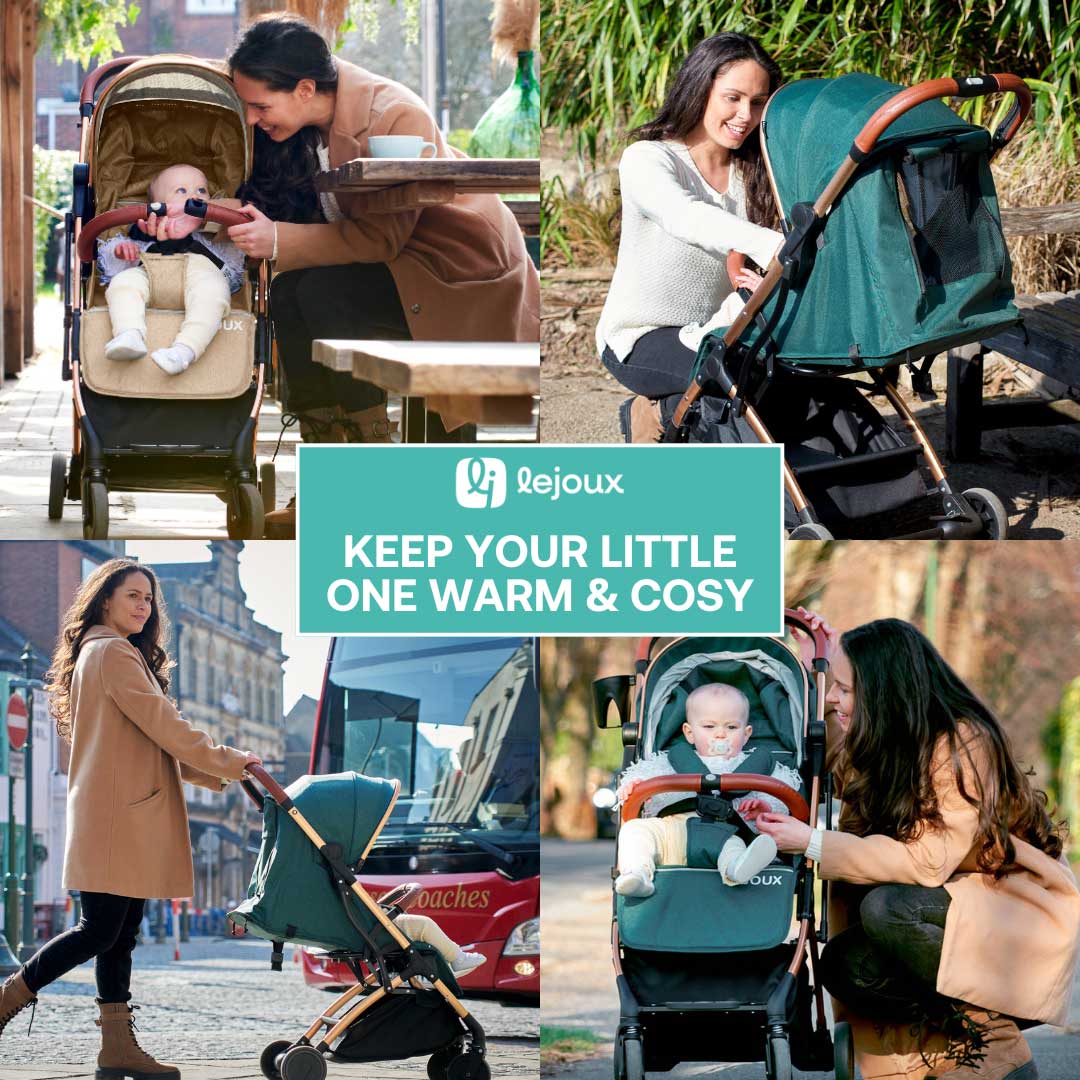How We Helped Le Joux Scale Revenue by 47% Profitably
45%
Total Sales up
38%
Total orders up
120%
Net profit increased by
Introduction:
Le Joux is a UK-based brand that developed an easily foldable stroller designed to simplify travelling with children.
In January, Le Joux approached Social Nucleus seeking help to scale. They had been struggling to break through from five-figure revenue to six figures. Every time they attempted to scale, inefficiencies arose, forcing them to reduce ad spend almost immediately.

The Strategy
We found that their NCAC was far too high, and their ad account was not set up for success. The strategy didn’t effectively target new customers, leading to an over-reliance on their existing customer base.
Le Joux needed to achieve first-order profitability due to the nature of their product, even when acquiring net new customers.
While many brands believe this isn’t achievable, we know it is.

The Outcome?
Le Joux is now primed for continued profitable scaling. Even in an exceptionally tough market, they are experiencing consistent year-on-year growth, with strong momentum as they approach the peak season.
47%
Total sales up by
40%
Total orders up by
120%
Net profit increased by
